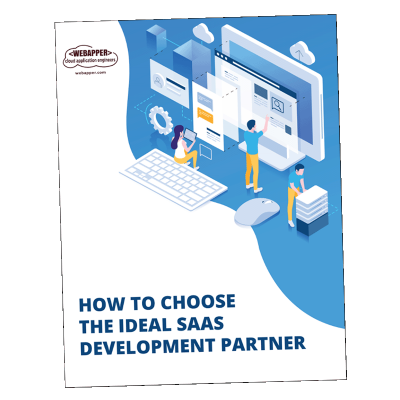SaaS Modernization of Legacy Code
Incremental Approaches to Technical Transformation
Legacy systems are the foundation of many successful SaaS companies, but they can become barriers to innovation and growth. SaaS modernization involves transforming these aging codebases into flexible, maintainable systems without disrupting core business operations. This strategic approach preserves your competitive advantage while enabling future scalability and innovation.
The SaaS Modernization Challenge
Most SaaS companies struggle with legacy modernization for three key reasons.
- The resource allocation dilemma: dedicating engineering talent to invisible infrastructure improvements versus building revenue-generating features.
- The institutional knowledge gap: original developers have moved on, leaving behind code that seems impossible to safely modify.
- The operational risk: any changes could disrupt the service your customers depend on daily.
According to McKinsey, 70% of digital transformation initiatives fail to reach their stated goals, with legacy system complexity cited as a primary obstacle. Meanwhile, Gartner reports that organizations that successfully modernize their legacy applications realize a 30-50% reduction in maintenance costs.
Why Modernization Matters
Investing in legacy code modernization delivers compelling benefits…
Accelerated Innovation
Modern codebases enable 3x faster feature delivery compared to those burdened with technical debt.
Reduced Operational Costs
Companies that modernize report 40% lower infrastructure costs and 60% fewer critical incidents.
Talent Retention
Engineers are 4x more likely to stay at companies where they aren’t constantly fighting against outdated systems.
Practical Modernization Strategies
Start with the Strangler Pattern
Rather than rewriting everything at once, gradually replace legacy components with modern services. Create an abstraction layer that routes requests to either the legacy or new implementation, allowing for gradual migration.
Implement Comprehensive Testing
Before modifying legacy code, ensure you have robust test coverage. Tools like Jest, Cypress, or Selenium can create safety nets that catch regressions immediately. Remember: you can’t improve what you can’t measure.
Decouple Monoliths Systematically
Identify bounded contexts within your application and extract them into independent services one at a time. Focus on creating clear interface contracts between services to minimize integration challenges.
Prioritize by Business Impact
Not all legacy code needs immediate attention. Map your modernization efforts to business priorities. Start with components that limit growth, cause recurring issues, or present security vulnerabilities.
Institute Incremental Refactoring
Adopt the “Boy Scout rule” and leave code better than you found it. Allow engineers to make small improvements during regular feature work, gradually elevating the entire codebase.
Experience at Webapper
At Webapper, we have been involved in numerous re-writes and SaaS modernization projects. For quite some time, we have espoused the strangler pattern, which allows a smoother migration. We will never describe such projects as easy, but we can attest to achieving positive outcomes.
Legacy Code in Your SaaS Modernization
Legacy modernization doesn’t have to be an all-or-nothing proposition. The most successful SaaS companies approach it as a continuous, incremental journey rather than a big-bang project. By adopting these strategies, you can transform your technical foundation while continuing to deliver value to customers. Your legacy code isn’t just technical debt—it’s the embodiment of business knowledge developed over years. Modernize it thoughtfully, and you’ll preserve that value while unlocking new capabilities.
Need SaaS Application Development Guidance?



Leave A Comment